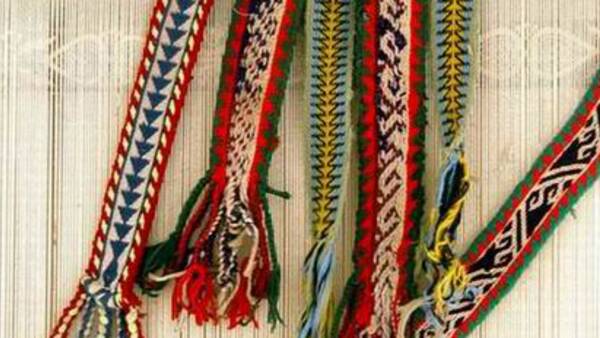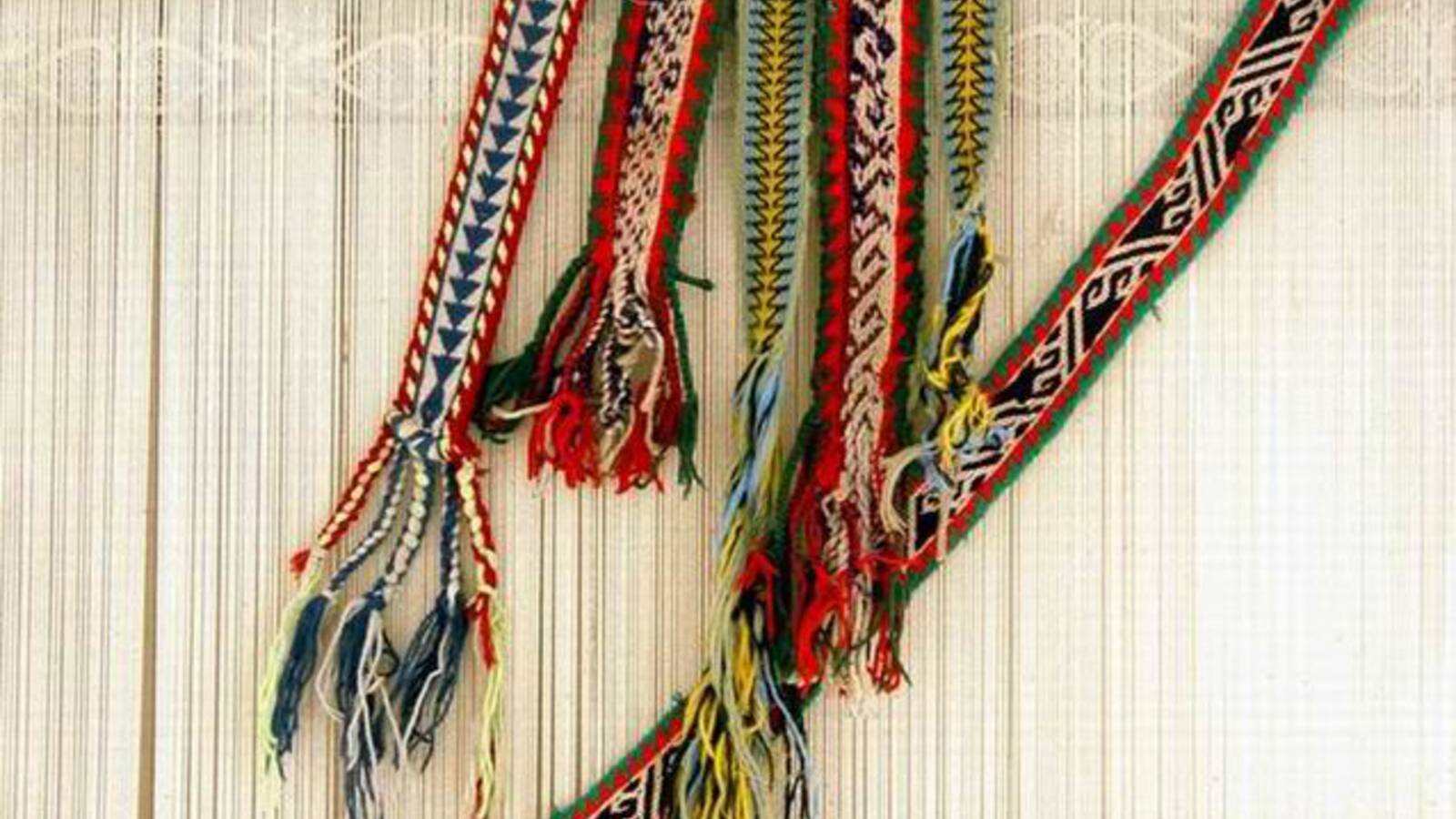
Varis Bafi of Chaharmahal and Bakhtiari
Technological advances and changes of the lifestyle of today have resulted in some handicrafts to lose their usage and become obsolete. But they keep their value as cultural heritage. One of these crafts is Varis Bafi of Bakhtiari tribe. The Varis is a kind of weave that is produced in appropriate of nomad needs and by the technique of Kart Bafi. Kart Bafi has been popular for a long time ago between the ancient civilizations. Kart Bafi is a kind of strip weaving that is done not on the looms or textile machinery, but on the karts that are cards with holes. The history of Kart Bafi goes back to 3rd to 2nd millennium B.C. This Technique has been popular between nomadic people, but unfortunately, there is no available sample of Kart Bafi from ancient times. According to the researches, it can be certain that Kart Bafi is still practiced by Bakhtiari tribe, Lor tribes of Loerstan and Shahsavan tribe. The only regions where the villagers practice Kart Bafi are Ghalehzeh, Zavin (Kalat e Naderi), Quchan in the village of Layin (Dargaz of Khorasan), and Ferdows. Handwoven strips are common in different names in different regions. For example, in Chaharmahal and Ilam it is Varis Bafi, in Qazvin it is Pan Bafi and in Khorasan, Modakheleh Bafi.
The raw materials of Kart Bafi are hand spun wool, goat hair, silk, spun golden threads, high-quality linen and cotton. Tools such as Karts, looms, wraps, wefts, shuttles, combs, grid papers and colorful beads are used in this craft. The kind of knot or the way the thread passes through the Karts is determined by the pattern. In the technique of Varis Bafi designs and patterns are created by the way the yarn passes through the Karts, too. Then by twisting the Karts more diversity can be added to the designs. If the yarn is passed through the Kart based on the design and then the Kart is moved to forward or backward, similar motifs are created through the strip. This means that there are a lot of possibilities to create kinds of geometric motifs. Trees, birds like peacock, Rooster Eyes, “Pichak”, “Chalipa”, or real inscriptions are some of the motifs used in Varis Bafi and each of them represent a special meaning in the traditional culture of Iran. Cherry red and gray are the very common, but black and gold are also found in some of them.

